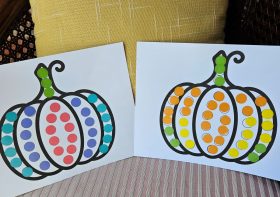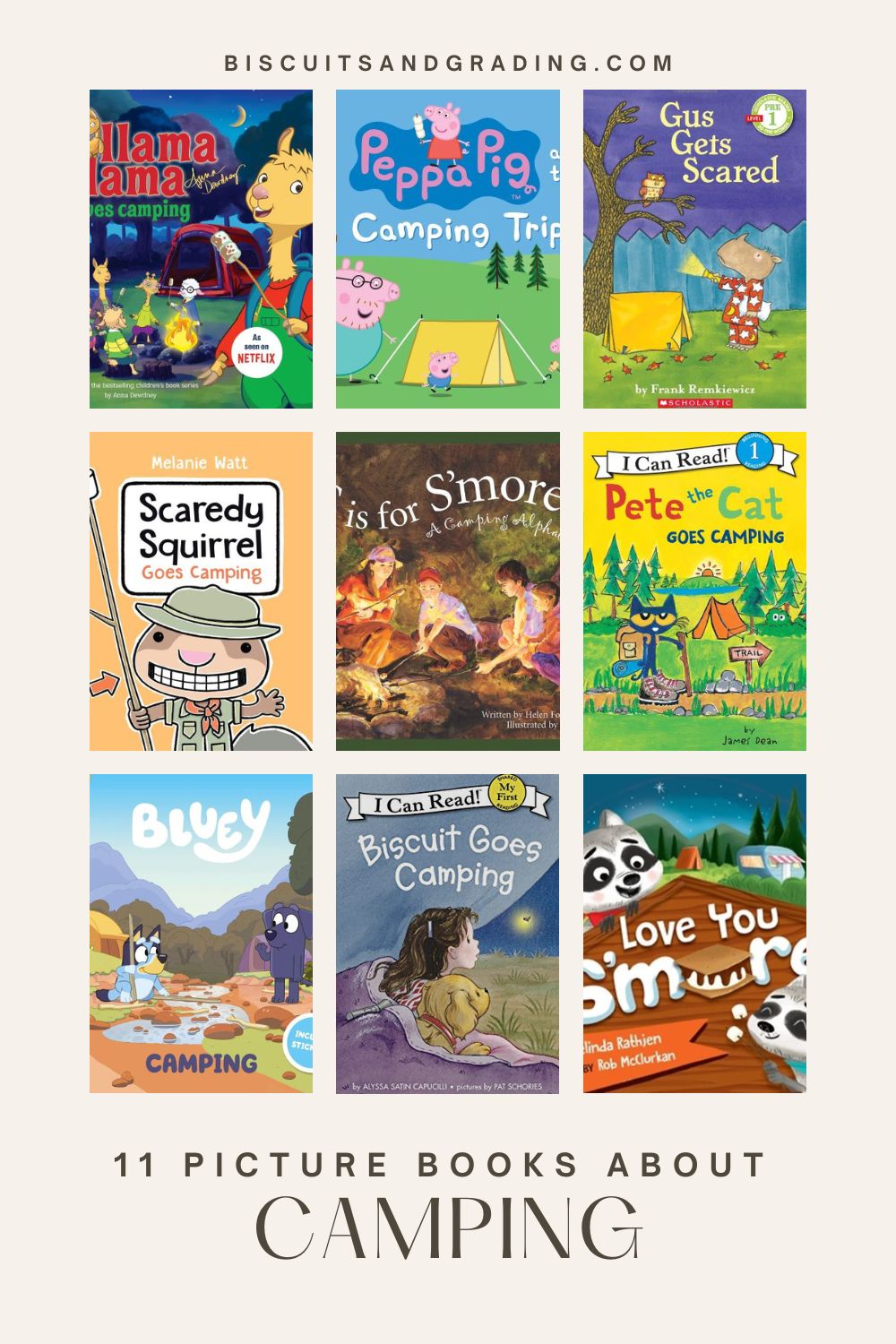5 Surefire Ways to Get Your Students to Love Reading

Let’s face it – teachers have a big job. And part of that job is to teach students to read. But is part of that job also teaching students to love reading? I would argue that teaching them to love reading is just as important as teaching them to read. Loving reading will serve them well in the future, no matter what career path they choose. It will also make school tolerable – perhaps even enjoyable – because the students may value and enjoy the reading.
There are tons of articles and books out there to help teachers know how to teach students to read. But there are not many that focus on teaching students to simply develop a love of reading. That’s where I come in!
5 Ways to Teach Students to Love Reading:
1. You (t he Teacher) MUST Love Reading – The things you are enthusiastic about are what get your students excited every day. I wholeheartedly believe this! The more you
he Teacher) MUST Love Reading – The things you are enthusiastic about are what get your students excited every day. I wholeheartedly believe this! The more you
love reading and convey that to students, the more your students are going to naturally see reading as an exciting and enjoyable activity. It is not uncommon in my classroom to see me singing the praises of a book I love (sometimes, quite literally singing!) that I’m excited for them to love as well. I love reading so much and I make sure my students see that. The more they hear me say how much I love reading, and how I get excited every day during any reading, the more they want to talk and share their excitement over books and reading as well.
What if you don’t love reading? Find a way to get excited about the reading you’re doing in class. It may take some work, but if the students can see that you think reading is a chore, many of them are going to be reluctant to engage as well.
2. Make Reading a Social Activity – Kids are so social at all
ages these days, whether in real life or on social media. If reading seems like a social activity, they are more likely to enjoy engaging in it. In my classroom, we spend a LOT of time reading together, reading in groups, reading with partners, sharing our favorite parts, recommending books to each other, etc. My students know that, as long as they do their independent reading time each day, they will get partner reading time. They read with the same partner (chosen by me) for an entire quarter, so they really get to know each other and share books with each other.
When they partner read, they take turns sharing favorite books out of their book boxes and reading and talking about them together. We do a minilesson to discuss using ‘reading language’ during partner reading; in other words, the only talking you’re doing is about the books you are reading.
At the end of our reading block each day, we gather back on the carpet. The students are always excited for those 3-4 minutes, because they know they’re going to get to share favorite quotes, pages, funny lines, or things that didn’t make sense with the whole class.
In real life, reading is very often a social activity. People love to talk about books they’ve read, just like they love to talk about movies and music. We need to encourage that in our students at a young age.
3. Give students authentic choice – Giving students choice is a buzzword (buzzphrase?) in elementary reading professional developm ent. And yet, many times as teachers, we fall short on giving students authentic choice in their reading block. For example: requiring students to pick only books that can be tested on AR or Reading Counts is not authentic choice. Requiring students to only choose books out of tubs labeled with their reading level is not authentic choice. Requiring students to choose only fiction (or in reverse, only nonfiction) is not authentic choice.
ent. And yet, many times as teachers, we fall short on giving students authentic choice in their reading block. For example: requiring students to pick only books that can be tested on AR or Reading Counts is not authentic choice. Requiring students to only choose books out of tubs labeled with their reading level is not authentic choice. Requiring students to choose only fiction (or in reverse, only nonfiction) is not authentic choice.
Authentic choice is letting students choose books that are interesting to them and that they will be able to read, either by themselves or with a partner. I do not sort my reading tubs by reading level; this makes the library seem small and uninteresting when students are only able to choose out of 3 or 4 tubs at a time.
My students learn (and practice and practice and practice) how to choose just right books. They learn that choosing books that are too hard will probably make reading boring or frustrating because they won’t understand what they are reading. They learn that they it is okay to have one easy book in your book box (out of 3 or 4) because sometimes our brains need a little break, or sometimes our favorite books are easy for us, but we really want to reread them or share them with our partner.
Students can choose from any of the books in my classroom (and I have well over 3000 books for them to choose from!), and the classroom library is the most exciting place to be in our classroom.
*Pro-tip: When we are studying a certain genre, I will have students choose 1 extra book in that genre to keep in their book box to read and analyze as we work through the genre. But I do not make it part of their 2 free book choices, because I want them to have books in their book box that get them genuinely excited to read and talk about.*
4. Book Talks, Book Talks, Book Talks – At the beginning of the school year, Scholastic usually has a lot of great deals on new and/or popular books that stud ents in your grade level are into at the moment. I buy a number of these – and the more parents who buy books throughout the year, the more new books I can get with my bonus points! – and I pull a number of books from the library that my students from the year before loved.
ents in your grade level are into at the moment. I buy a number of these – and the more parents who buy books throughout the year, the more new books I can get with my bonus points! – and I pull a number of books from the library that my students from the year before loved.
I don’t just talk about them by myself, though. This is important:
While my kiddie-beans are
partner reading, I choose a couple books that I know certain pairs would really enjoy. Then I pull a partnership over, introduce the book to them, and ask if they’d be interested in trying it out for me. Usually, they’re totally game for a new book!
Then, about a week later – after they’ve had time to read most or all of the book – those two kids and I do a book talk to the whole class. This lets the two reading it feel important and special, and the other students get really excited to read the books. I keep a signup list for these books, so students know who has the book and how close they are to getting it.
*Pro-tip – Check with your school librarian. If there are extra copies in the library, you can either encourage students to check it out during library time, or you can add the copies into your rotation.*
5. Understand There Are Reasons for Abandoning a Book (and Reasons Not to!) – Young children are impatient and often want to abandon a book for another one that seems newer or more exciting. As the teacher, you must teach students to understand when abandoning a book is a good idea, and when perseverance is a good lesson. I suggest that students request a conference with you if they are thinking of abandoning a book (especially a chapter book).
If a student is struggling emotionally with the book (for example, they just lost their dog and it’s upsetting them to read a book with dogs in it), I am probably going to let them abandon it for the time being. We usually write a note in that child’s literacy notebook, so that if she would like to go back it to later, she can remember what it is.
If a student is having trouble understanding the concepts in the book, and a quick explanation from me isn’t helping, it might be best to let him set the book aside for now.
There are other reasons to allow a student to abandon a book; use your discretion and knowledge of each student to decide. Just make sure there is a thoughtful conversation involved, because in the end, we want to teach students perseverance.
Ways to Persevere:
- The book is boring – I ask students what is boring about the book. I might ask another student who has read the book to tell why he loved it or why it is interesting. I am certainly going to ask the reader to read 1-2 more chapters (depending on length) and then check in again to see if it’s getting better.
- The book is too hard – This is a time I might pair that student up with a higher reader for a couple of days to read the book together. I also love to use my older reader buddy volunteers (talk to an upper grade teacher) – I tell this student to save this book as her book buddy book, so she will still get to finish it.
- The book is too long/taking too long – Break it up into chunks for the student. All he sees is all the pages left. Put colored post-it flags at the start of each chapter, so that he can peel them off as he gets to the chapter. Then he gets the physical movement of moving forward and persevering with the book. Make sure you celebrate when he is finished.
So why is it so important to make teaching students to love reading a priority? I feel that everything we do in the classroom should be preparing them for their futures, and finding joy in reading is an undeniable way to make education, higher education, and work more enjoyable and manageable.
How do you help your students learn to love reading in your classroom? Share your ideas below!





Leave a Reply